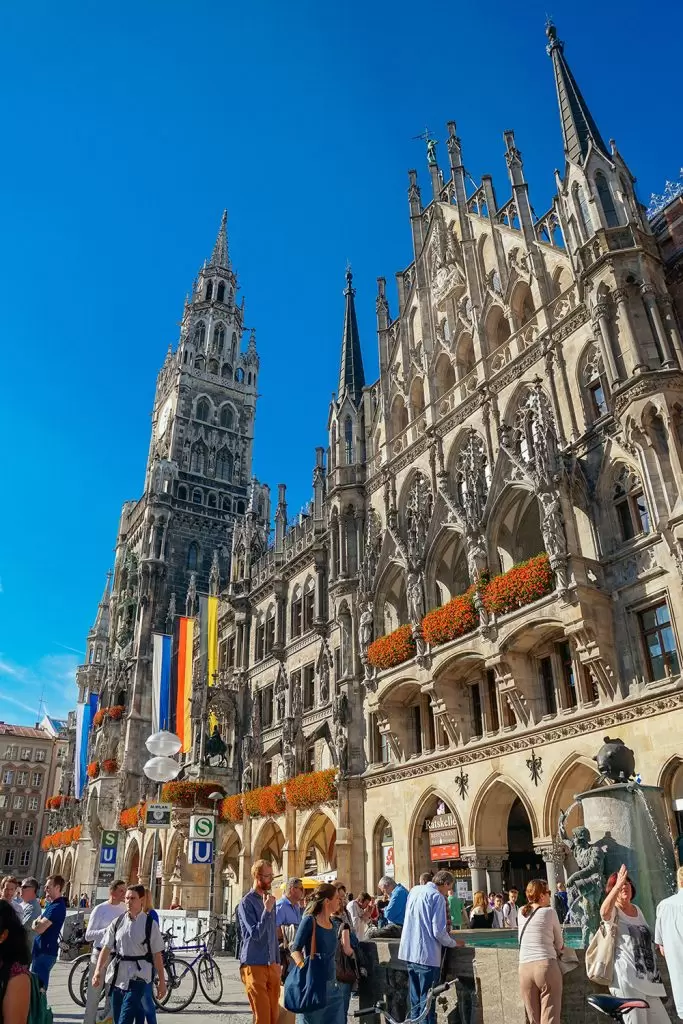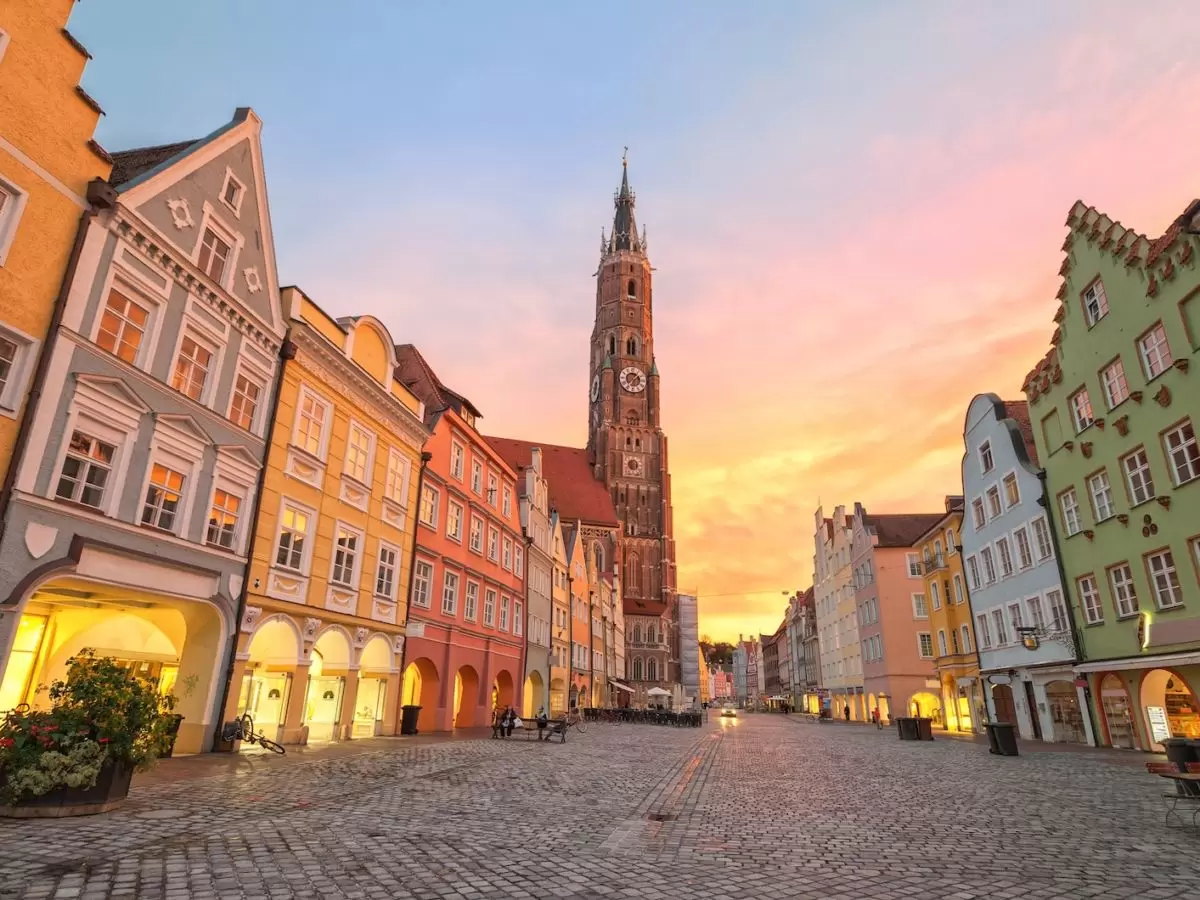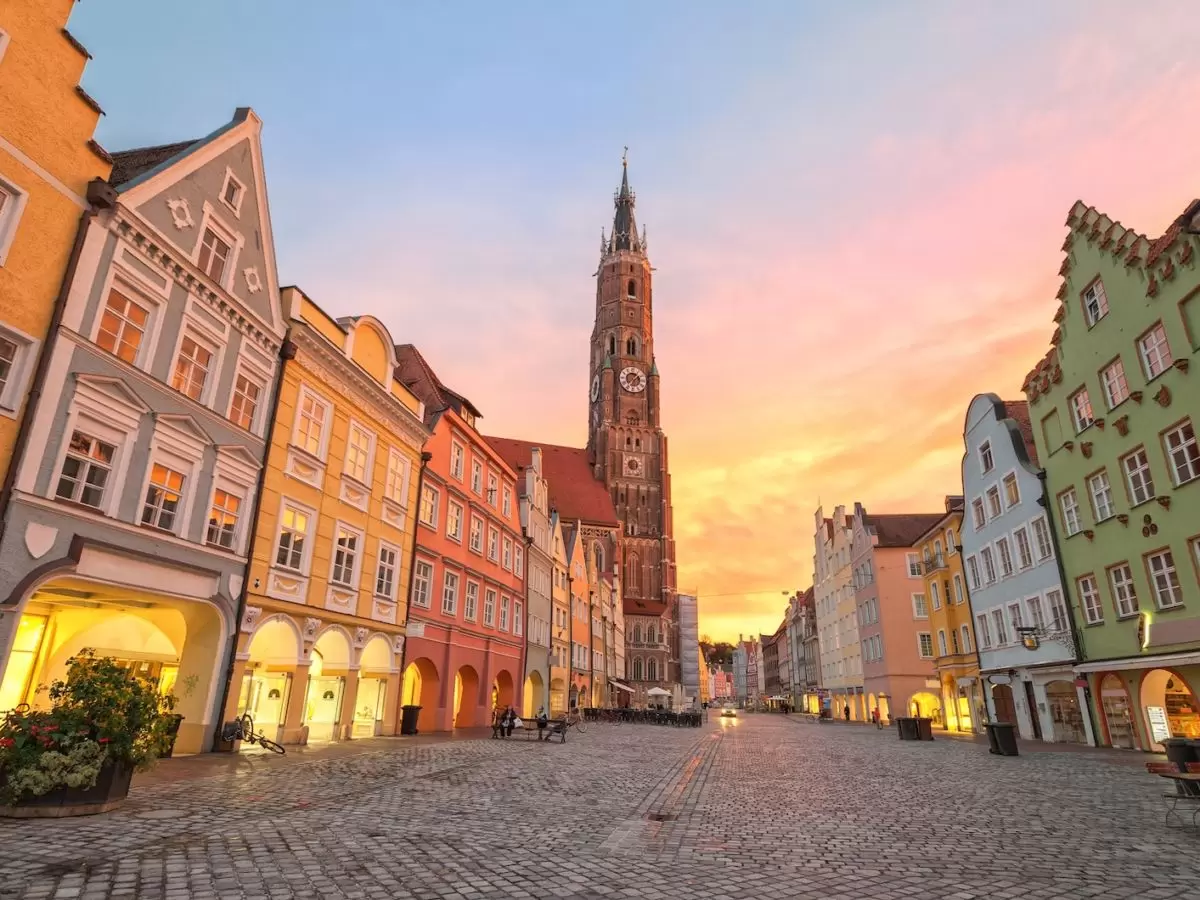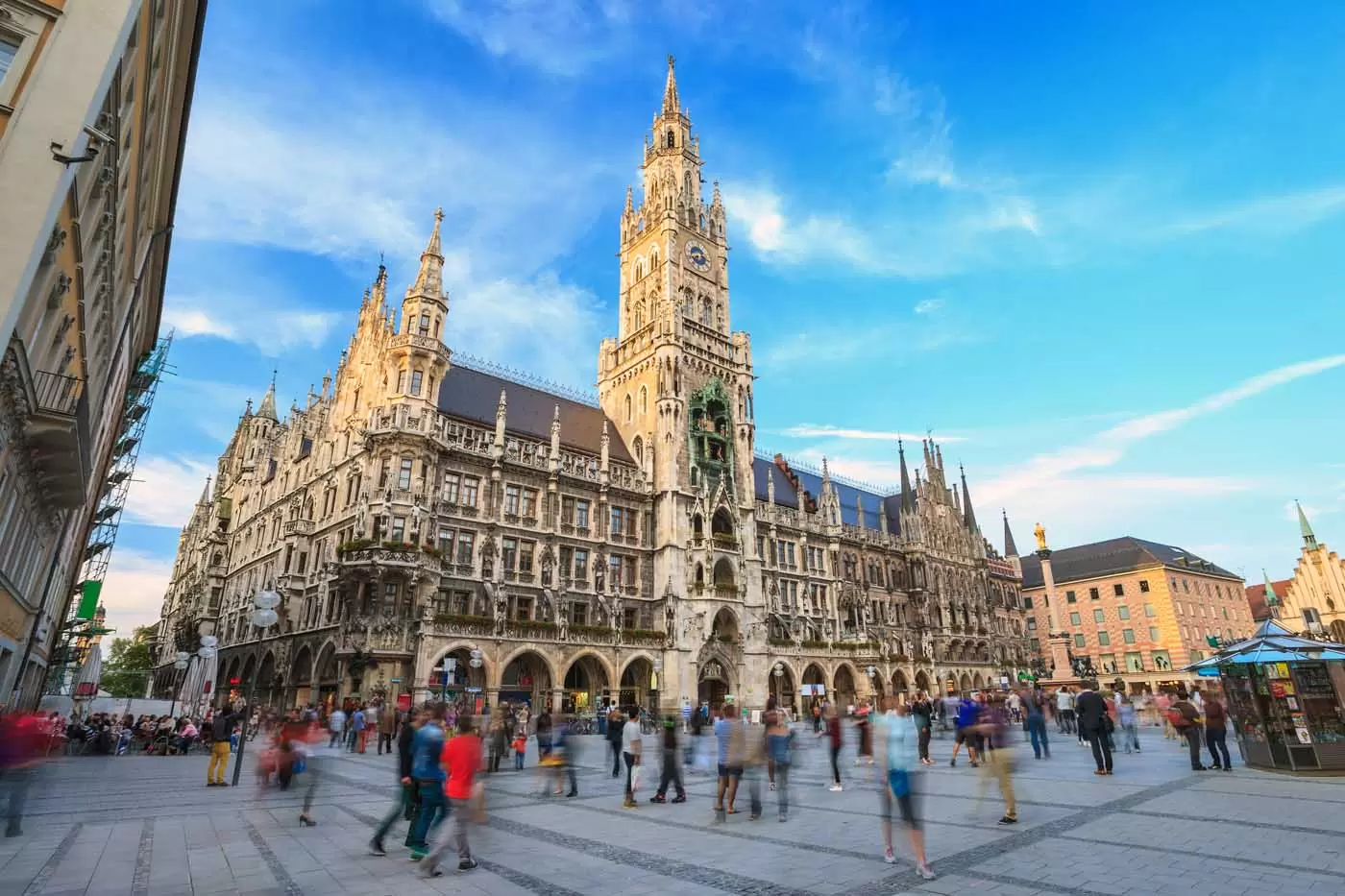Gentrification has become a phenomenon in many major cities around the world in recent years. This concept refers to the rediscovery and redevelopment of old and poor neighborhoods by wealthy and elite groups. Munich is one of the most important examples of this trend. Many neighborhoods in the city have undergone significant changes due to rising prices and increasing demand. Especially neighborhoods like Haidhausen, Glockenbachviertel, and Maxvorstadt attract young and wealthy people. The old buildings in these neighborhoods are being converted into modern and luxury apartments. However, this change also causes debates among the local people. Some argue that gentrification disrupts the city's cultural fabric and excludes the poor.
Gentrification in Munich: A New Trend?

Munich is one of the largest cities in Germany and has been rapidly developing in recent years. However, this development brings many problems, one of which is gentrification.
Gentrification is when a poorer population in an area is replaced by a wealthier one. During this process, old buildings in the area are demolished and replaced with modern ones, giving the area a more elite appearance. This process usually results in the displacement of the poorer population by a wealthier one.
Gentrification has also been happening in Munich in recent years. Especially in the city center, old buildings have been demolished and replaced with modern ones, giving the area a more elite appearance. However, this process has also brought many problems.
Firstly, the gentrification process results in the displacement of the poorer population by a wealthier one, disrupting social balances and negatively affecting the living conditions of the poorer population. Additionally, the gentrification process results in the demolition of old buildings in the area, causing the loss of the area's historical texture.
Whether gentrification is a new trend in Munich is debatable. However, considering the problems that this process brings, it can be said that this trend is not sustainable. The gentrification process needs to be managed more carefully to preserve the historical texture of the area and maintain social balances.
How Does Gentrification Affect Munich?
Gentrification is a process where the poor and working-class population in an area is replaced by a wealthier and generally more educated population. This process usually occurs with an increase in property prices, renovation of old buildings, and the opening of new businesses in an area. Munich stands out as a city that has been exposed to this process in recent years.
Munich is one of Germany's wealthiest cities, and therefore the gentrification process is happening quite rapidly. Especially in the central areas of the city, property prices are rapidly increasing with the renovation of old buildings and the opening of new businesses. This causes the poor and working-class population who previously lived in these areas to be replaced by a wealthier population.
The gentrification process has caused many debates in Munich. It is believed that the gentrification process also changes the cultural and social fabric of these areas as it replaces the poor and working-class population with a wealthier one. Therefore, there are many activists and civil society organizations that oppose the gentrification process.
However, it is also believed that the gentrification process has many benefits for Munich. Especially with the renovation of old buildings and the opening of new businesses, the quality of life in the central areas of the city is improving. Additionally, the gentrification process also leads to a decrease in crime rates in these areas.
In conclusion, the gentrification process is rapidly continuing in Munich. Along with the debates it creates, it is also believed that the gentrification process improves the quality of life in the central areas of the city and reduces crime rates. However, it should not be forgotten that the gentrification process also changes the cultural and social fabric of these areas as it replaces the poor and working-class population with a wealthier one.
Gentrification in Munich: What are the opinions of the local people?

Munich is one of the largest cities in Germany and has been rapidly developing in recent years. However, this development has led to gentrification, which is a concern among the local population.
Gentrification is the process of a region's poor or working-class population being replaced by a wealthier population. This process usually occurs through an increase in real estate prices, renovation of old buildings, and the opening of new businesses. While this process may be seen as a positive development for many, it can have negative effects on the local population.
Gentrification in Munich has particularly concentrated in the city center. In these areas, old buildings have been renovated, new restaurants and cafes have opened, and real estate prices have increased. However, this process has become a concern among the local population.
Some locals believe that gentrification disrupts the cultural and social fabric of the region. The opening of new businesses can lead to the closure of traditional businesses in the area and change the character of the region. Additionally, gentrification can leave the poor population behind and disrupt social balances in the region.
However, gentrification also has some positive effects. Renovated buildings can improve the appearance of the region, and new businesses can increase economic activity in the area. Additionally, gentrification can reduce crime rates and increase the safety of the region.
In conclusion, gentrification in Munich has different views among the local population. While some see it as a positive development, it can have negative effects on others. Therefore, the effects of gentrification should be carefully examined, and the opinions of the local population should be taken into account.
What are the Economic Effects of Gentrification in Munich?

Gentrification is a process where the poor and working-class population in an area is replaced by a wealthier and generally more educated population. This process is a phenomenon that is happening in many cities and has been increasingly seen in Munich in recent years.
Munich is one of Germany's wealthiest cities, and therefore the gentrification process is happening quite rapidly here. This process is increasing property prices in the area and replacing the poor population with a wealthier one.
The economic effects of gentrification in Munich are quite varied. Firstly, the gentrification process is increasing property prices in the area. This is increasing the income of property owners in the area and contributing to the city's economy.
However, the gentrification process is also causing changes in the businesses in the area due to the replacement of the poor population with a wealthier one. For example, old and traditional businesses in the area are being replaced by more modern and expensive ones. This is causing the loss of the area's cultural fabric.
The gentrification process is also changing the social structure of the area due to the replacement of the poor population with a wealthier one. This is increasing social inequalities in the area.
In conclusion, the gentrification process has quite varied economic effects in Munich. This process is increasing property prices in the area and contributing to the city's economy. However, it is also causing the loss of the area's cultural fabric and increasing social inequalities. Therefore, the management and control of the gentrification process are quite important.
Gentrification in Munich: Historical and Cultural Changes

Munich is one of the largest cities in Germany and has a rich history and culture. However, in recent years, the gentrification process in the city has caused historical and cultural changes.
Gentrification is the process of a region's poor or working-class population being replaced by a wealthier class. This process usually occurs with an increase in real estate prices, renovation of old buildings, and the opening of new businesses.
The gentrification process in Munich has particularly concentrated in the eastern part of the city. In this area, old factories and warehouses have been replaced with new businesses such as art galleries, restaurants, and cafes. This change has caused the region to move away from its previous industrial character.
However, the gentrification process has also affected Munich's historical and cultural heritage. For example, the demolition or renovation of some historical buildings in the city has disrupted its historical fabric. Additionally, the gentrification process has also led to the loss of traditional culture in the city.
Nevertheless, the gentrification process has also increased Munich's tourism potential. New businesses and tourist attractions have led to more visits by tourists, which has had a positive impact on the city's economy.
In conclusion, the gentrification process in Munich has caused historical and cultural changes in the city. This process has led to the city moving away from its industrial character and increasing its tourism potential. However, the gentrification process has also affected Munich's historical and cultural heritage. Therefore, the gentrification process needs to be carefully managed.

Comments